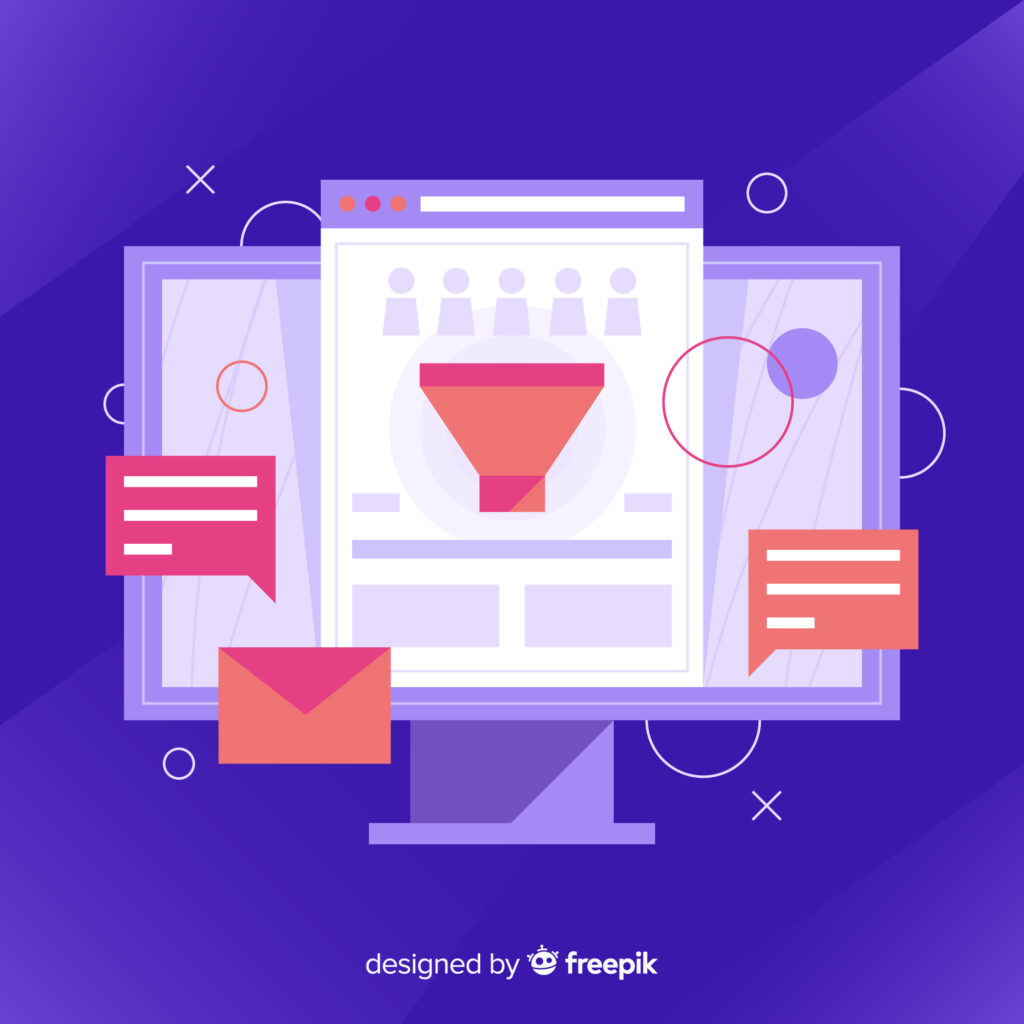Introduction
Pay-per-click (PPC) advertising has always been measured in clicks. But in 2025, clicks alone are no longer the holy grail. Today’s most successful campaigns look beyond traffic to focus on what really matters—user engagement. In a landscape of high CPCs, short attention spans, and smarter audiences, brands are shifting toward PPC strategies that drive conversations, interactions, and conversions. This blog explores how PPC funnels have evolved and how agencies are reengineering them for engagement-first success.
1. Why Clicks Aren’t Enough Anymore
In the early days, PPC success was tied to one thing: the number of clicks. Now, it’s about what happens after the click—or even before.
What’s Changed:
- Click fatigue: Users are numb to generic ads
- Rising CPCs: Higher costs mean clicks must lead to higher value
- Smarter audiences: Consumers compare, research, and bounce quickly
- Better metrics: Engagement, retention, and ROI are easier to track than ever
Engagement vs Clicks:
- A click is an event.
- Engagement is a relationship.
- Engagement leads to repeat actions, referrals, and purchases.
Insight: High clicks with low engagement = wasted ad spend.
2. Rethinking the PPC Funnel: A New Model for 2025
The traditional funnel assumes a linear path: click → land → convert. But users today move unpredictably. The new PPC funnel is nonlinear, intent-driven, and engagement-centric.
New Funnel Phases:
- Awareness (Impressions): High-impact visuals or short video ads
- Consideration (Engagement): Carousel ads, click-to-chat, lead forms
- Action (Conversion): Dynamic remarketing, offer-specific CTAs
- Loyalty (Post-click retention): Retargeting with exclusive content or discounts
- Advocacy (Sharing): Encouraging UGC or social shares
Tactics That Align with New Funnel:
- Conversational ads (Facebook/Instagram Click-to-Messenger)
- Video view retargeting
- Lead form pre-fill on LinkedIn
- Progressive audience layering using engagement thresholds
Takeaway: Funnels aren’t fixed paths—they’re dynamic engagement journeys.
3. Designing Ads That Spark Interaction
Modern PPC ads don’t just drive traffic—they invite engagement from the start.
Features That Boost Engagement:
- Interactive formats: Quizzes, carousels, polls, or product previews
- Conversational CTAs: “Ask a question,” “Chat with us,” “Explore”
- Emotionally-driven copy: Use curiosity, humor, or urgency to elicit response
- Custom creative for platforms:
- Instagram = aesthetic carousels
- YouTube = storytelling with value
- Google Display = headline-driven hooks
Examples of Engagement-Oriented Ads:
- Instagram Story Ads: Swipe-up polls and Q&As
- YouTube TrueView: Skippable ads that reward watch time
- Google Ads Extensions: Sitelinks, structured snippets, click-to-call
Reminder: Today’s users need a reason to engage—beyond just “Buy Now.”

4. Measuring Engagement in PPC Campaigns
Tracking engagement lets you optimize campaigns beyond basic CPC and CTR metrics.
Engagement Metrics That Matter:
- Video completion rate
- Time spent on landing page
- Scroll depth
- Form interaction rate
- Click-to-message rates
- Bounce vs return rate
- Social shares or comments (for boosted posts)
Recommended Tools:
- Google Ads Engagement columns
- Facebook Ads Manager’s breakdowns by interaction type
- Microsoft Clarity or Hotjar for on-page behavior
- GA4 for custom events and user engagement reports
Pro tip: Use micro-conversions like video views, button clicks, and downloads to optimize cold traffic campaigns.
5. How Agencies Are Shifting Their PPC Playbooks
Top digital marketing agencies are rethinking PPC goals entirely—and retraining clients too.
How Agencies Are Adapting:
- Prioritizing audience quality over volume
- Designing multi-stage retargeting funnels
- Replacing “click volume” KPIs with engagement milestones
- Educating clients on full-funnel ROI over raw leads
- Using emotion-based creative that matches funnel intent
Client-Facing Strategies:
- Realigning campaign expectations
- Offering dashboard visibility into engagement stats
- Launching low-risk test campaigns focused on engagement first
- Building integrated landing pages that respond to visitor behavior
Reality Check: Agencies winning in 2025 aren’t asking “how many clicks?”—they’re asking, “what did users do after clicking?”
Conclusion
PPC in 2025 is no longer about mass clicks. It’s about precision engagement. The best campaigns don’t just drive traffic—they spark conversation, build relationships, and guide users along non-linear paths. If your current PPC strategy ends at the click, you’re leaving money—and connection—on the table. It’s time to optimize for meaning, not just motion. Clicks open the door. Engagement brings them in.




